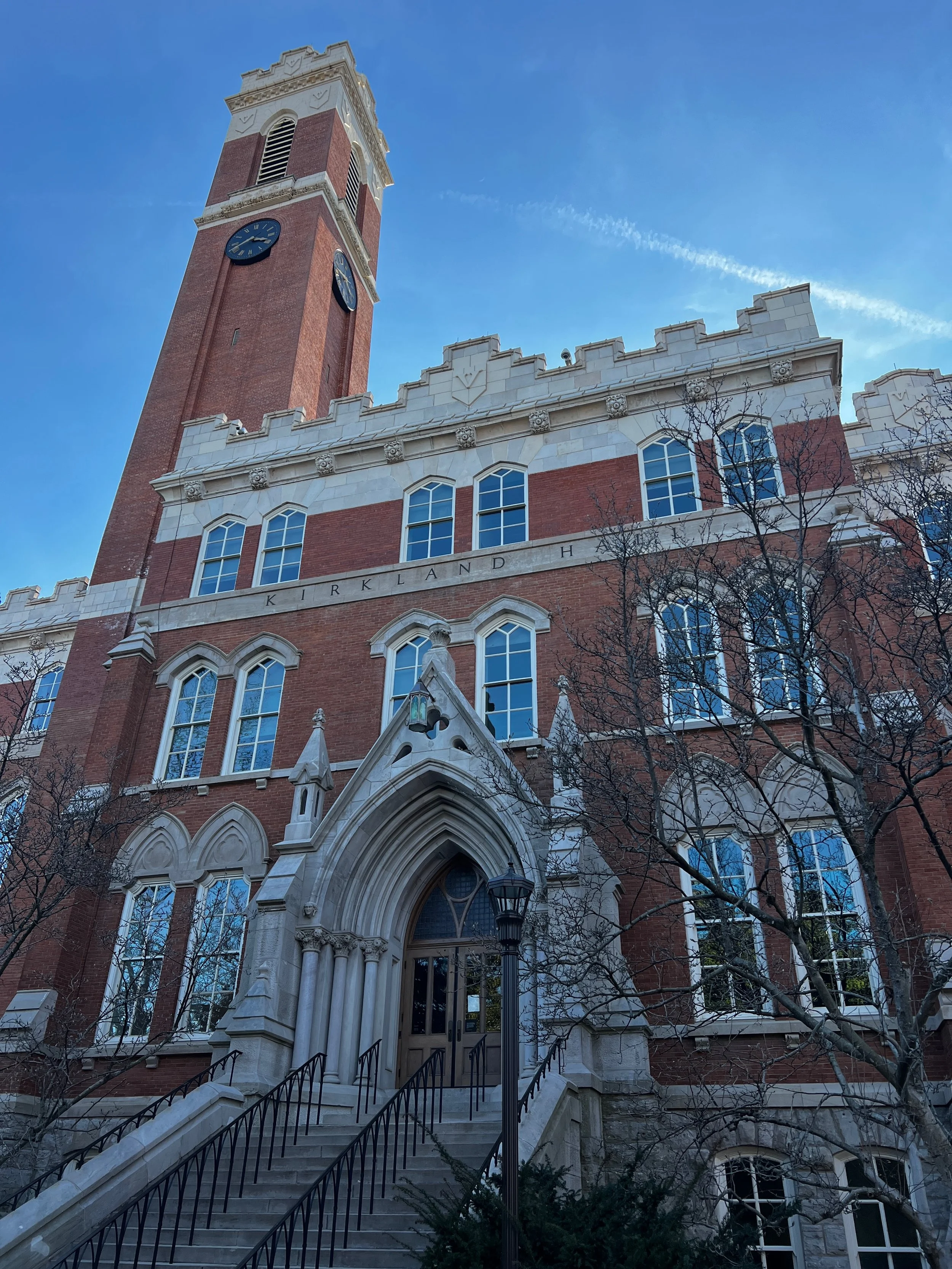
Waitlists.
What they don't tell you at the Counselor Breakfast
My experience as a director of admissions & admissions officer:
So who gets in from the waitlist, and how is this all determined?
Waitlists are not ranked. There isn’t a 1 through 1,000+ ranking assigned to students when waitlist offers go out the door.
There might be a shortlist of students who just missed the cut on Decision Day (or the day when the admissions leadership team said, “no more movement.”) Those students may be the first to receive an offer of admission, but you’ll never know if this list exists.
Admissions leaders first start with the questions - do we need to admit students from the waitlist? What is our yield looking like compared to previous years? Do we think we’re going to over-enroll?
Offices often employ sophisticated algorithms that will look at yield by date - or the number of days since decisions were released on student portals. For example, if on day +15, yield is lagging by 20% compared to the previous year, leaders might just start pulling students from the waitlist because they know they don’t need to wait until May 1. And it’s often a big surprise to everyone involved.
If the institution admits by school or college (i.e., School of Engineering), then they’ll likely admit from the waitlist in the same manner. That means there might be virtually zero movement for the College of Computer Science, but dozens of offers from the School of Education.
Admissions officers are typically given instructions to keep track of waitlist conversations. This might mean flagging emails in systems like Slate or marking very interested candidates on a shared spreadsheet.
The system itself is also likely tracking waitlist activity. For example, we would often send a series of emails to our waitlisted students asking them if they’re still interested. We found that students who responded affirmatively back in March didn’t respond the same way after May 1. Only those who continued to engage with us were still on our list, so it’s important to tell students to continue to respond to every email regarding the waitlist.
Once it’s determined that the institution will, in fact, admit from the waitlist, leaders are looking at a combination of factors: waitlist interest, predicted ability to yield, institutional priorities (first gen, geography, legacy, etc.), major and/or school selection, test scores, and possibly financial need. Even at need-blind institutions, I’ve found that colleges “reserve the right” to be need-aware on the waitlist, so it may play a role.
The first round of calls is usually the largest, and the rounds get smaller and smaller from there. It’s all a pecking order - if Harvard, Stanford, and Yale (and similar schools) start making offers, then there will be more students who will be withdrawing from Penn, Duke, and Johns Hopkins — and so on and so forth.
Admissions officers are then instructed to make waitlist calls. While emails and portal updates might be sent, I think most selective institutions are still calling candidates — because the nature of the conversation is quite nuanced.
Typically, AOs will ask if the student has made a college decision, and if so, where they plan to attend.
Then they will ask if the student is still interested in maintaining their spot on the waitlist, and if the answer is yes, they can “provide an offer of admission”. Sometimes, the student is unsure. When that was the case, we were instructed to let the student know they had 24 hours to let us know if they wanted the “offer of admission”. This is important because during that time period, no offer of admission is made and, therefore, no spot was given in the all-important admit rate.
If the student is no longer interested, then the student will not receive the offer; if the student is interested, then the AO will formally send an admission letter (and financial aid award, if applicable) and provide an abbreviated period of time to make a decision.
The AO will then record that the offer was made and the system will process the letters. I found that a week is the standard time period in which the student needs to make a decision. Extensions can usually be given if the financial aid award is not produced during that time.
Colleges are not great about keeping waitlisted candidates abreast of what’s going on. There might be an update email here and there, but it’s likely silence until either a) the student receives a call, or b) the office closes the waitlist.
Waitlist activity can continue throughout the summer, sometimes even toward the end of July. It can be a frustrating experience for everyone involved, but folks should keep in mind that the waitlist is primarily a tool used by institutions to round out their class.
